Review: Kodak Scanza Slide Scanner
A few years ago, I moved the last vestiges of my belongings from my parents’ place. In the process, I was talked into bringing home boxes and boxes of old 35mm slides, 16mm and Super8 films, 4-track reels and other analog items containing our family’s personal history. The process of unboxing, cataloging and digitizing three decades worth of artifacts fell upon me. I approached the task with initial excitement – followed by a sense of overwhelming dread. There were thousands upon thousands of slides and about 100 16mm and Super8mm films. (Let’s not even count the number of 4-track reels…)
As with such a large undertaking, the most difficult part is knowing where to start. So, like most people in my situation, I put off the task, hoping by some miracle, it would magically take care of itself. But there was something gnawing deep inside of me. I know I don’t have all the time in the world. The memories contained within those boxes are a time capsule into my parents’ lives, from the late 1960’s to the mid 1980’s – and I wanted my mom and dad to be able to see them again.
Given the voluminous amount of 35mm slides, I decided to start there. I considered slide scanning companies. I also looked into flatbed scanners and other scanning devices. Ultimately, I wound up ordering the Kodak Scanza, which retails for $159US.
There were a few reasons for purchasing the Kodak Scanza. First and foremost is cost. Even at 21 cents per slide, I was looking at thousands of dollars if I opted to send my parents’ 35mm slides off to a third party service for digitizing and retouching. In my view, a third party scanning service makes sense when you already know what you have, and want the highest possible quality scan. I did not know what images were contained within the nearly 30 boxes of 35mm slides, so I needed a method to quickly view and capture the slides to take inventory. Second is ease of use. I wanted a brain-dead solution that makes the process of scanning slides less tedious than using a flat-bed scanner. Third, I wanted a reasonable output. I’m not expecting a 35mm slide from 1967 to compete with today’s photo equipment, but I wanted something that would be good enough for me to look at and appreciate.
NOTE: Based on my research, this unit is not made BY Kodak, rather it was licensed and branded as a Kodak product.
So, with those reasons and expectations on the table, I took the plunge.
Below are some photos of the Kodak Scanza, as well as the unboxing. My review will focus on how the Scanza performs with 35mm slides. Incidentally, this is the first Kodak product I have ever purchased. My dad has used Kodak cameras, film and development for decades. The yellow and red packaging retains the iconic look of Kodak products from years past, and I think it’s classy. Also, important to note: Despite being advertised as 22 MegaPixels, the Kodak Scanza has a 14MP CMOS sensor, and can only do 22MP with interpolation.
The box itself is light. Inside the box is a user manual, an HDMI cable, the Kodak Scanza scanning unit, a few slide trays, a composite cable, and a power cable with adaptors for all major countries.
The Kodak Scanza can connect directly to a composite television set or HD TV. The Kodak Scanza can also write out captured files to an SD card (not included). The Scanza unit itself is made of a durable plastic, and its small form factor make it easy to move around, if needed. The top of the unit features a 3.5″ adjustable screen and three buttons (power on/off, capture, and home).
The back of the unit has connections for power, SD card, USB mini cable, composite and HDMI. If you prefer, you can use the USB connection to power your Scanza, provided it’s connected to a computer. You will still need an SD card to store your captured slides, though. Thankfully, SD cards are cheap: I purchased a 128GB model for about $20.
To work the device, you’ll want to insure that you have it plugged in, and that an SD card is inserted.
There are two supplied 35mm slide trays that come in the box. Each tray can hold three 35mm slides. You’ll want to place the tray inside the Scanza first, before inserting the 35mm slide. As long as care is maintained, inserting slides into the tray is an effortless process. (NOTE: If your slides are weathered or frayed on the edges, it’s possible to jam the tray.) Slide the tray in from the right and move it into position. Then, advance the slides through the tray. Press the Capture button (the one with the photo icon) and the image is written to the SD card (it takes about a second or two to save your image.) At any time, you can view the contents of the SD card from within the Scanza.
Slides will appear within the screen. Generally speaking, the display is clear and sharp. One of my quibbles with the Kodak Scanza is that there is no option to magnify the slide to fit the size of the screen. Instead, you’ll see your image, with a large swath of black surrounding it. It’s not a deal breaker, but it’s something I didn’t see mentioned within other reviews. When inserting the 35mm slides, I recommend placing the logo face down, with the number on the back of the slide positioned closest to you. (See above.) Pro tip: Scan all your images landscape (even the portrait ones), to avoid weird cropping issues.
Inserting slides and capturing them with the Kodak Scanza is so easy, even my tech averse dad can do it. While visiting us a few weeks ago, he helped me scan at least 700 slides completely unsupervised. :D
So how do the scans look?
I’ll preface this by stating that I’m dealing with 35mm slides that were taken over five decades ago. The Kodak Scanza will not magically make your slides look amazing. Some post-processing will be needed. Below are the raw captures so you can see what the quality looks like. Below each raw scan from the Kodak Scanza is a level-adjusted image that I performed after bringing the files over to my computer.
Adjusted:
I’m going to say that the Kodak Scanza is perfectly suitable for every day people who have loads of 35mm slides to scan. The Scanza is not going to yield professional, high fideility results that you might get from a professional photo lab, but I think the results are more than good enough to share with family and friends.
Big picture here: These slides have largely been unseen for 50 years. Now, thanks to the Kodak Scanza, they live again. Once forgotten precious memories can now be viewed, shared, and enjoyed by my family. And that makes the Kodak Scanza a good buy in my books.
-Krishna
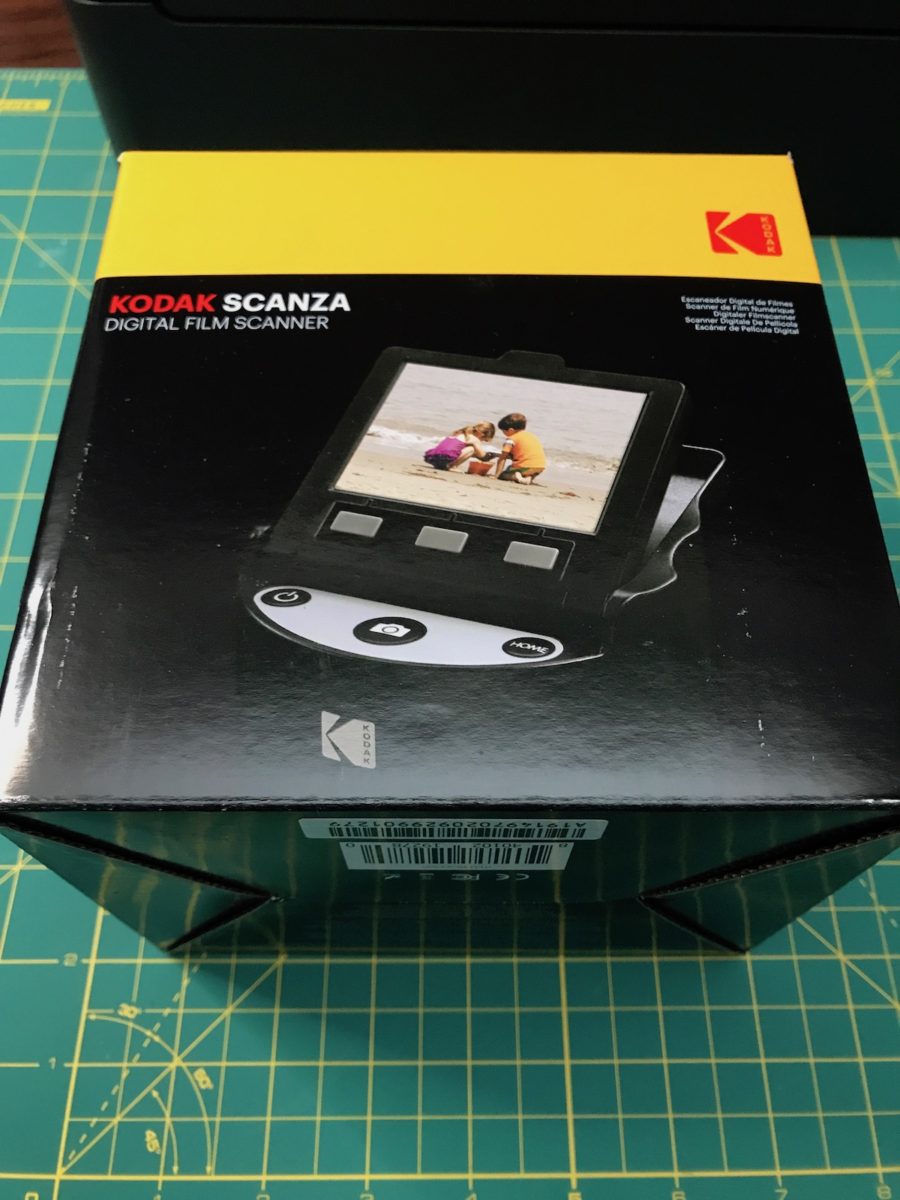
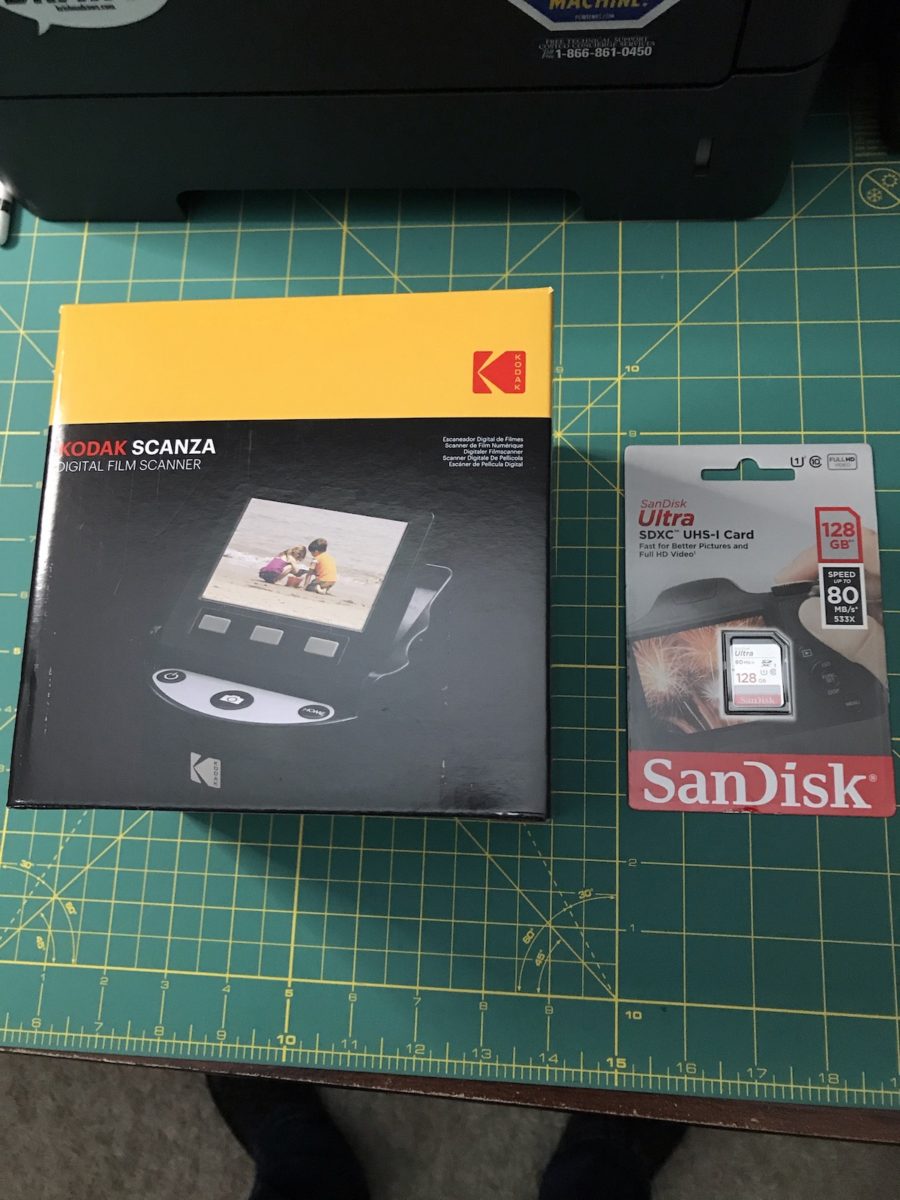
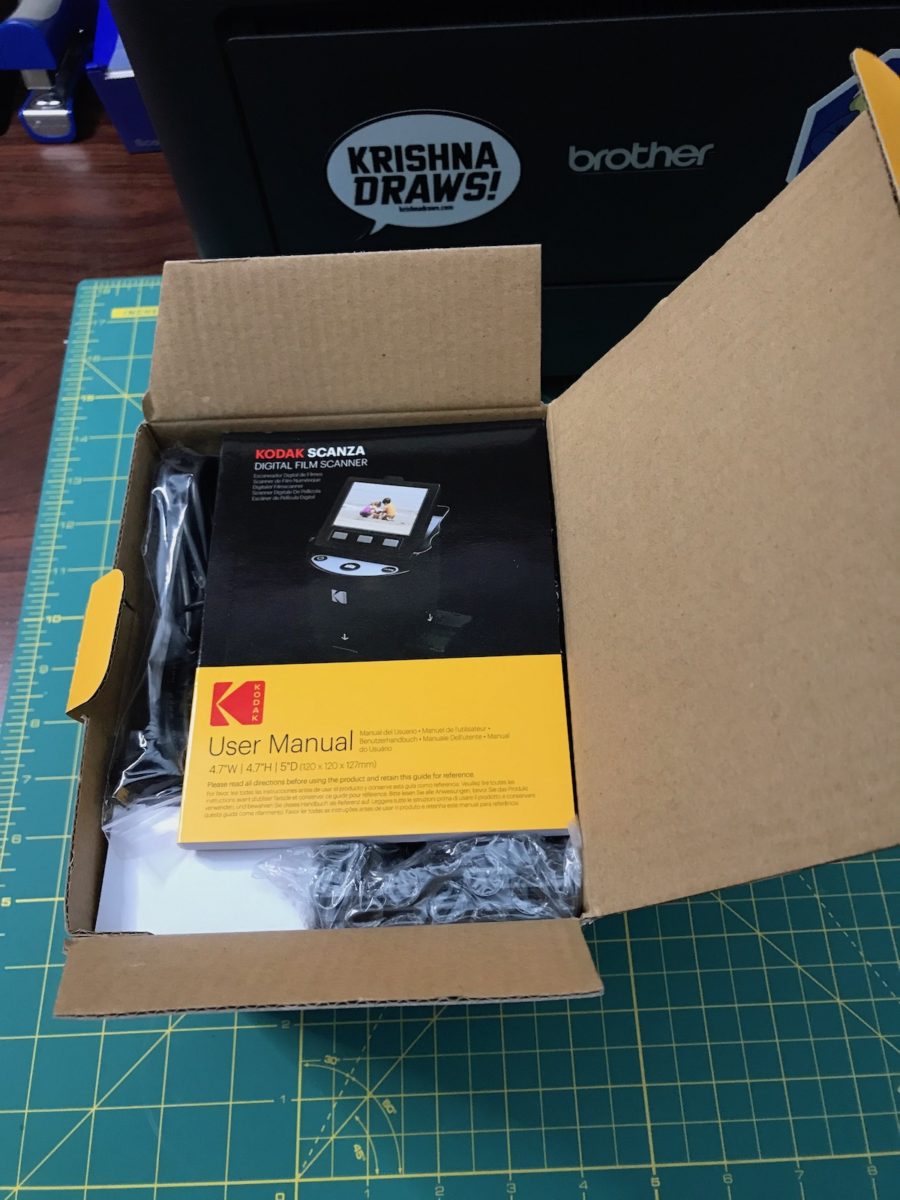
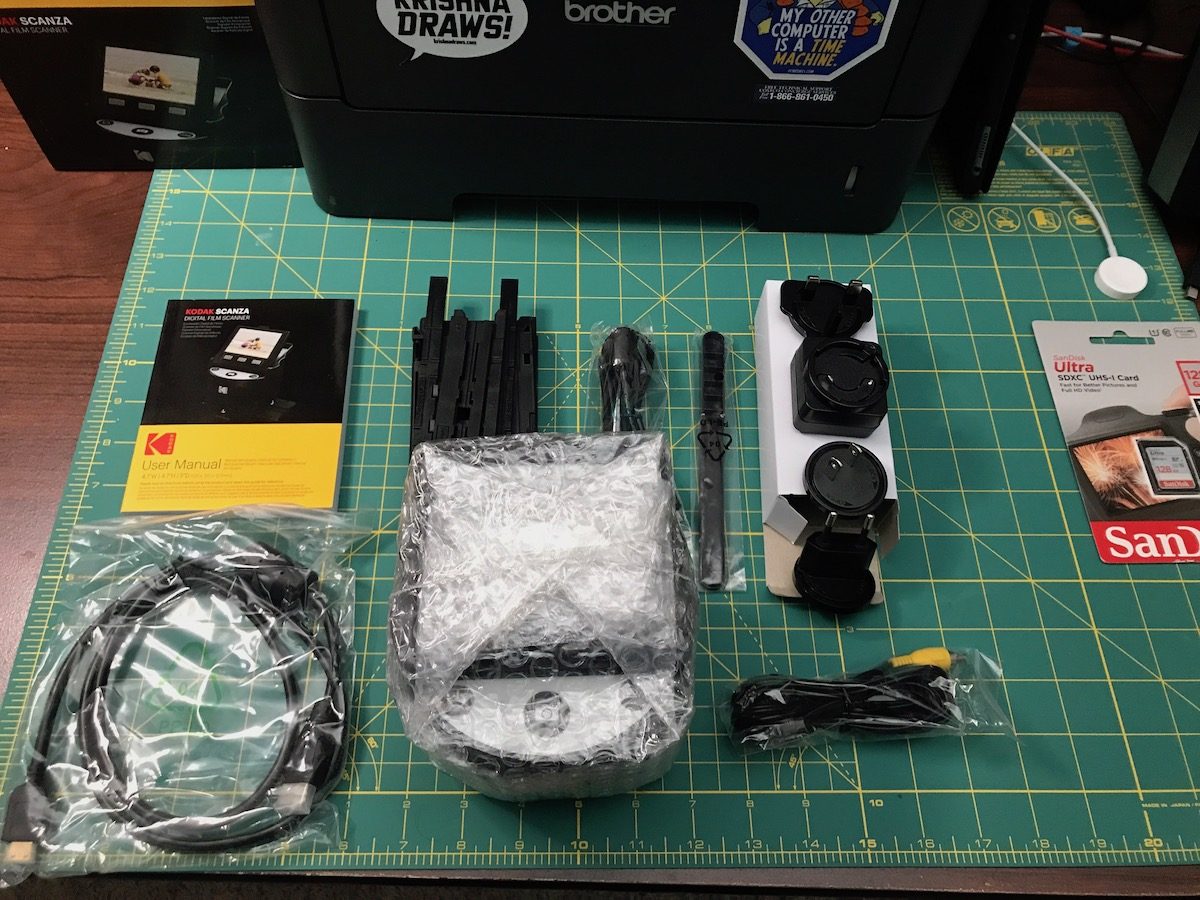
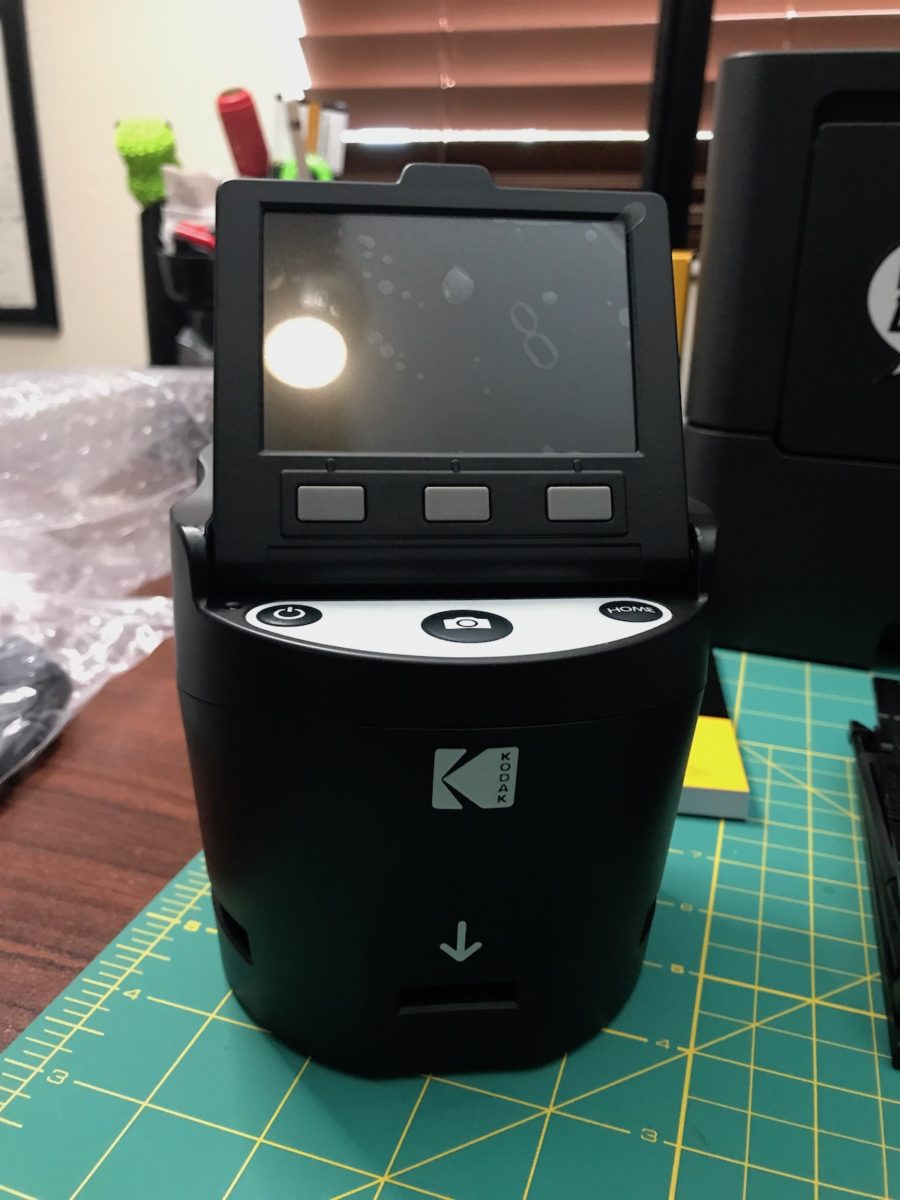
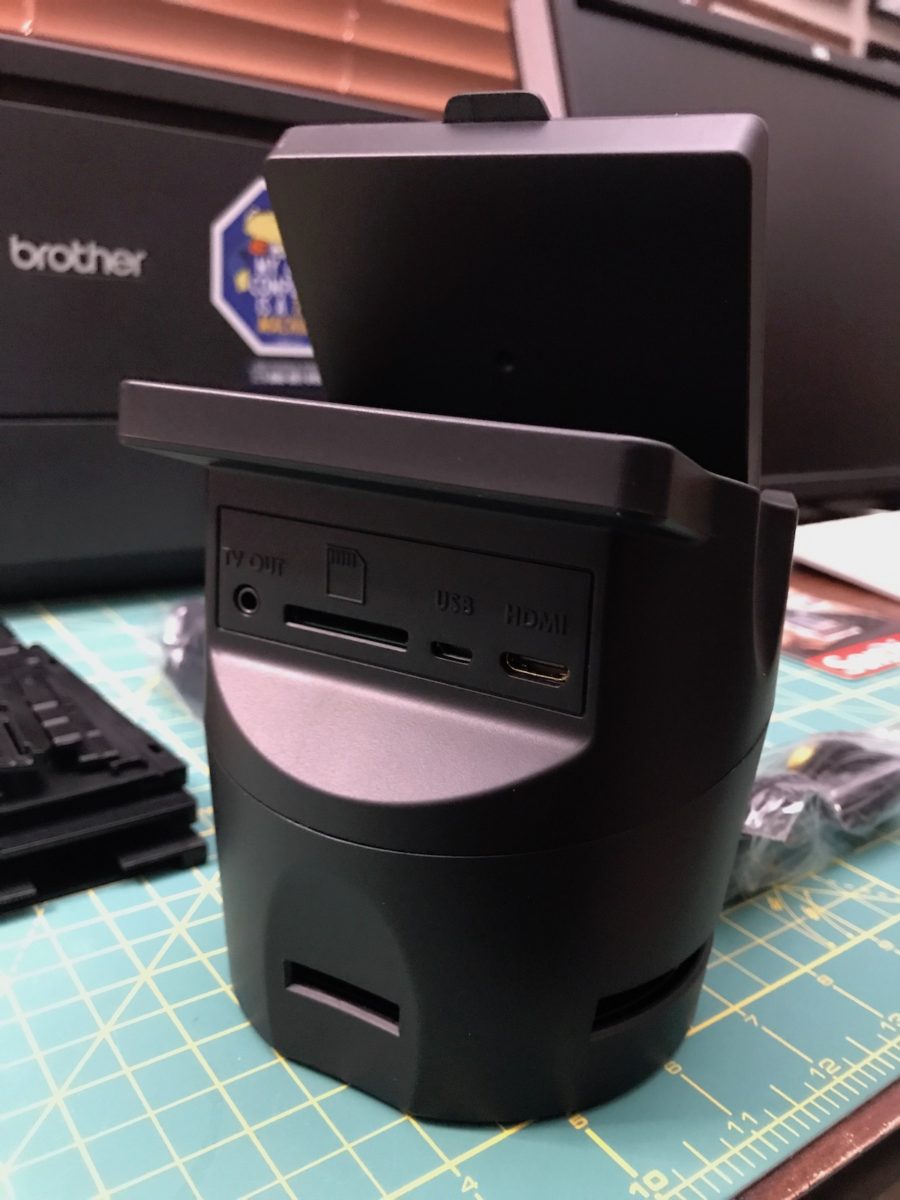


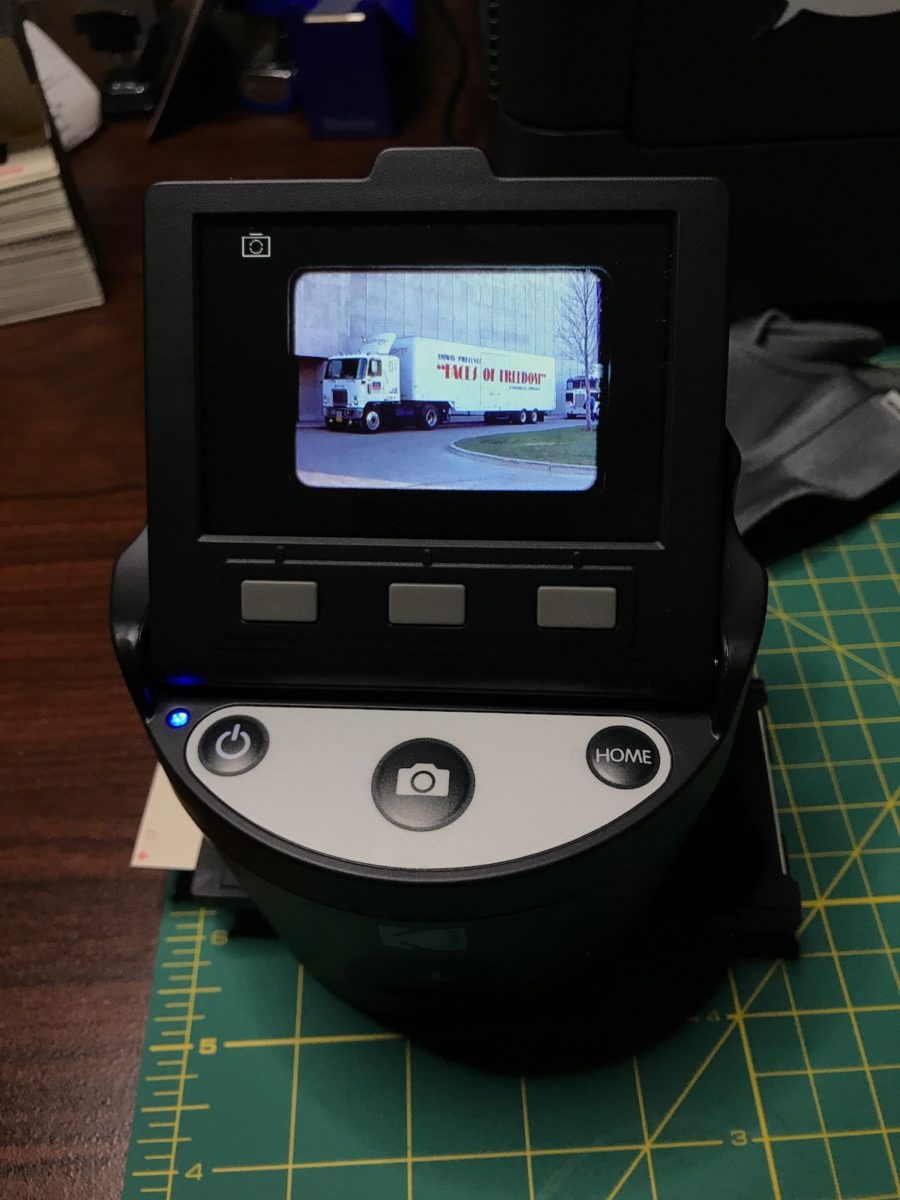
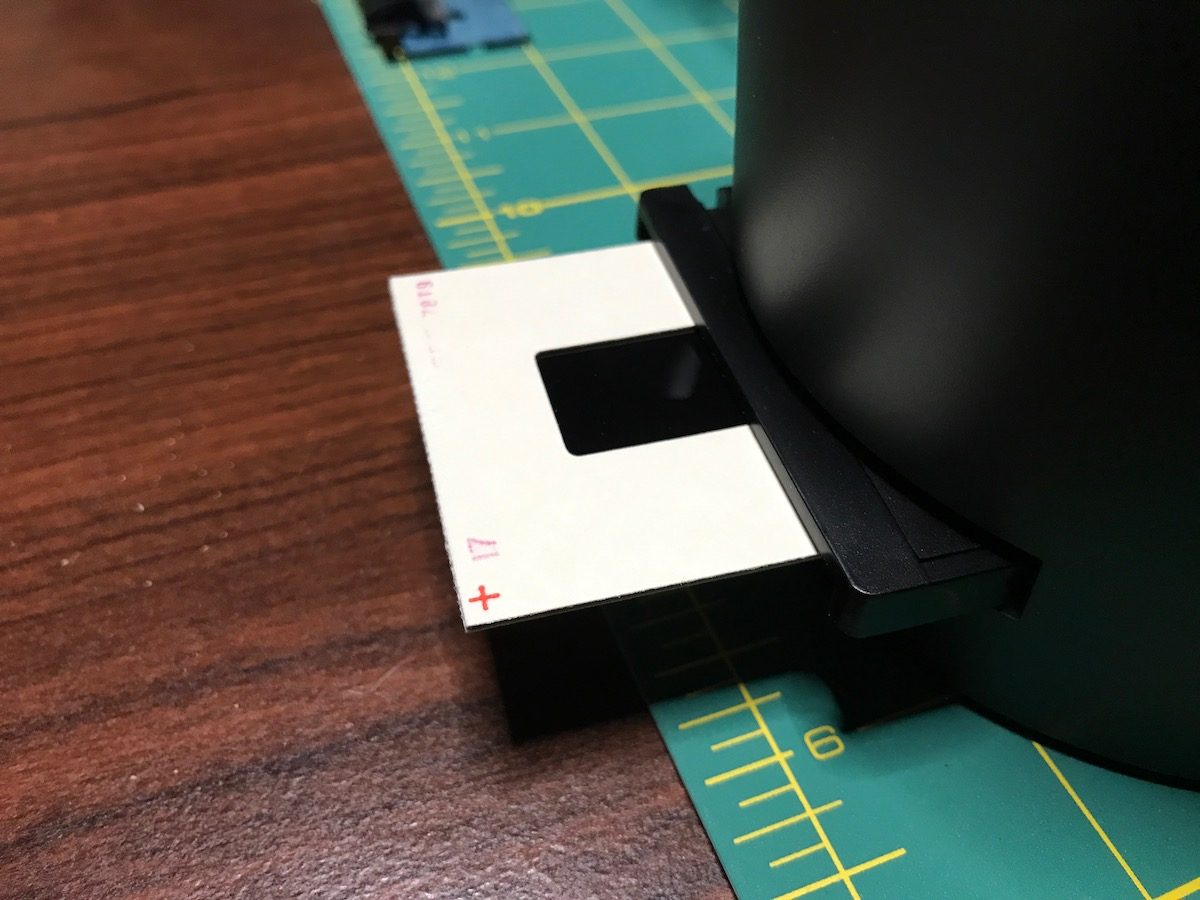
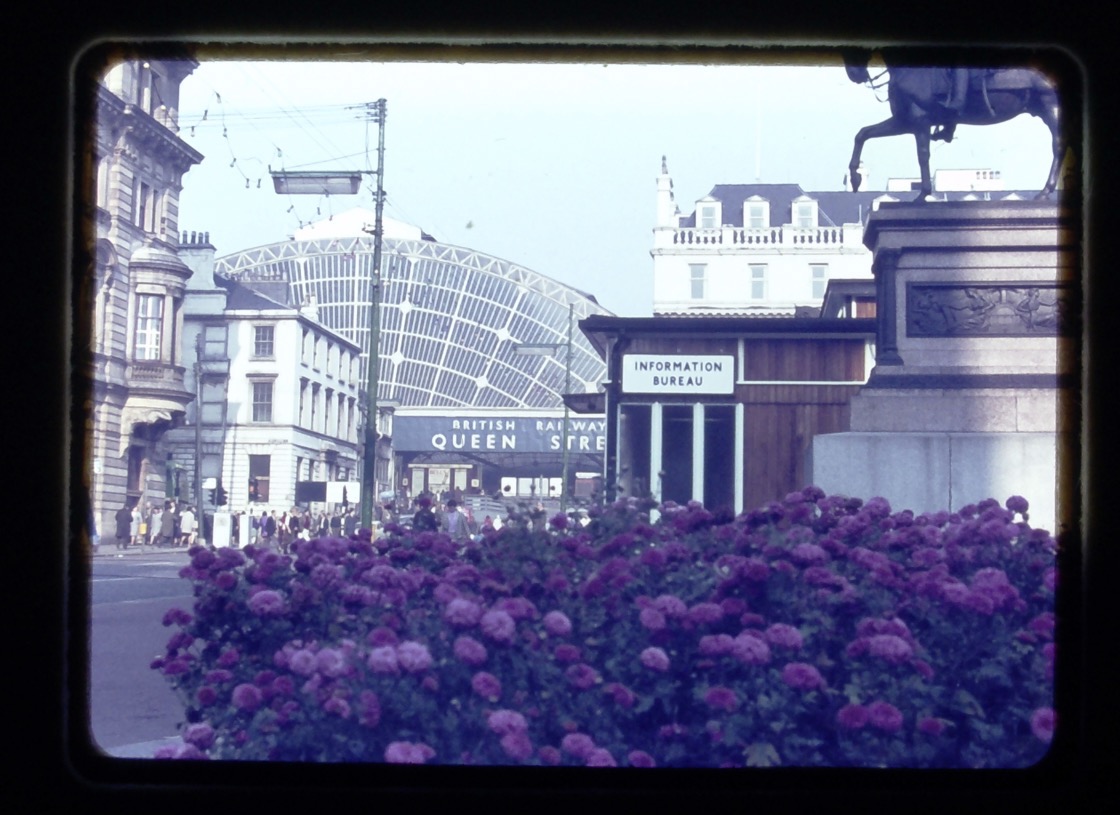

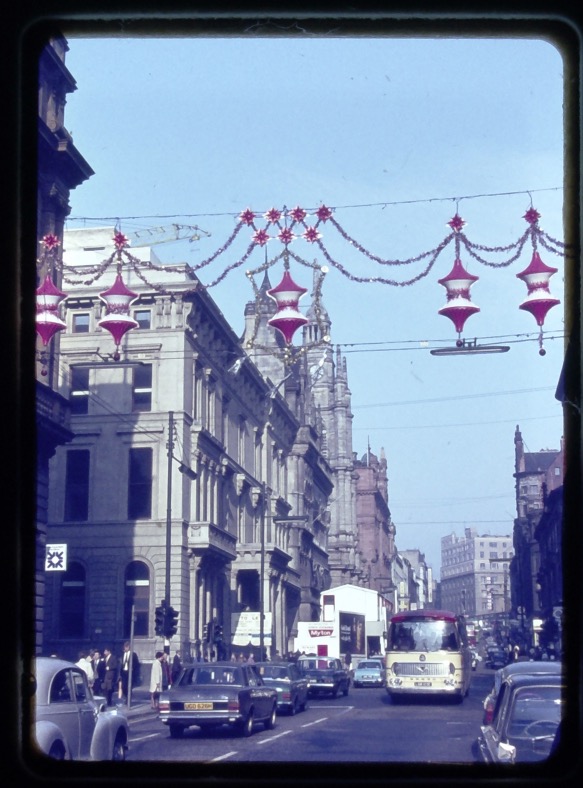
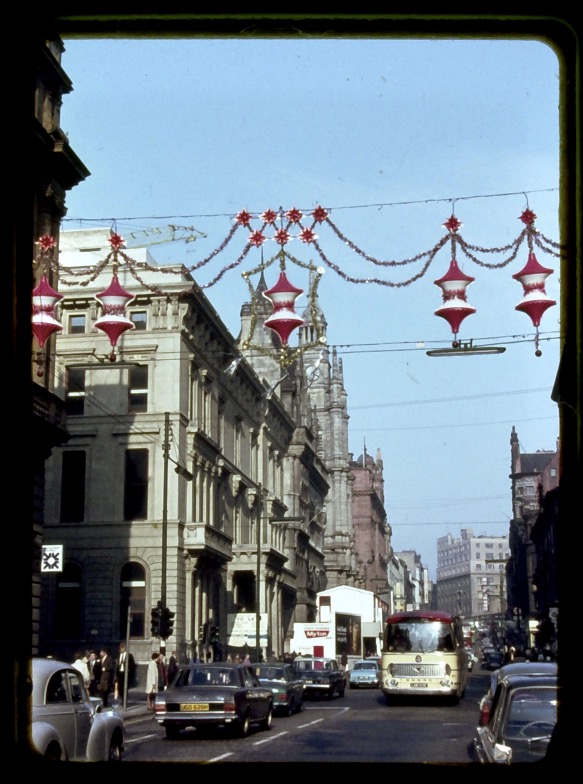

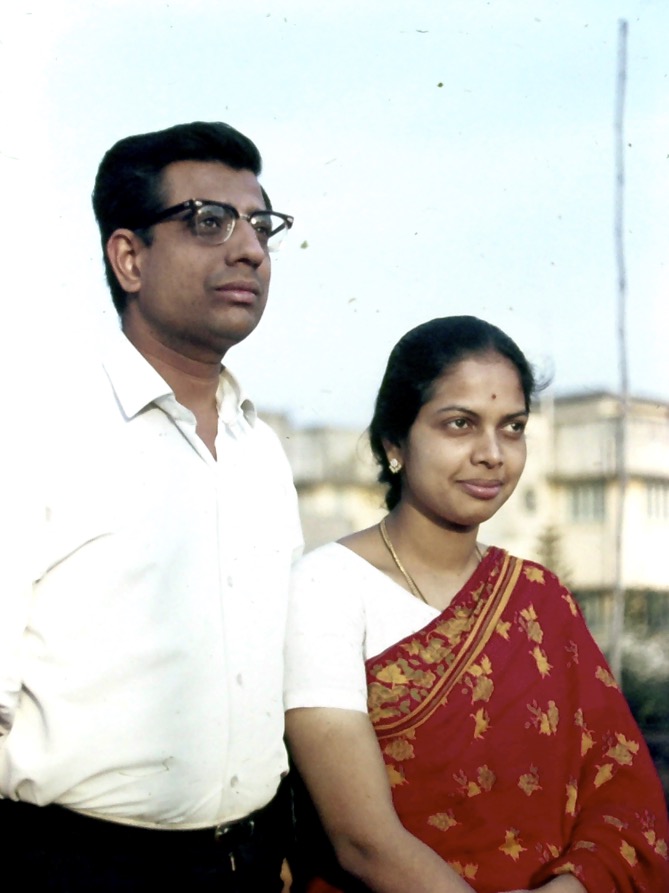
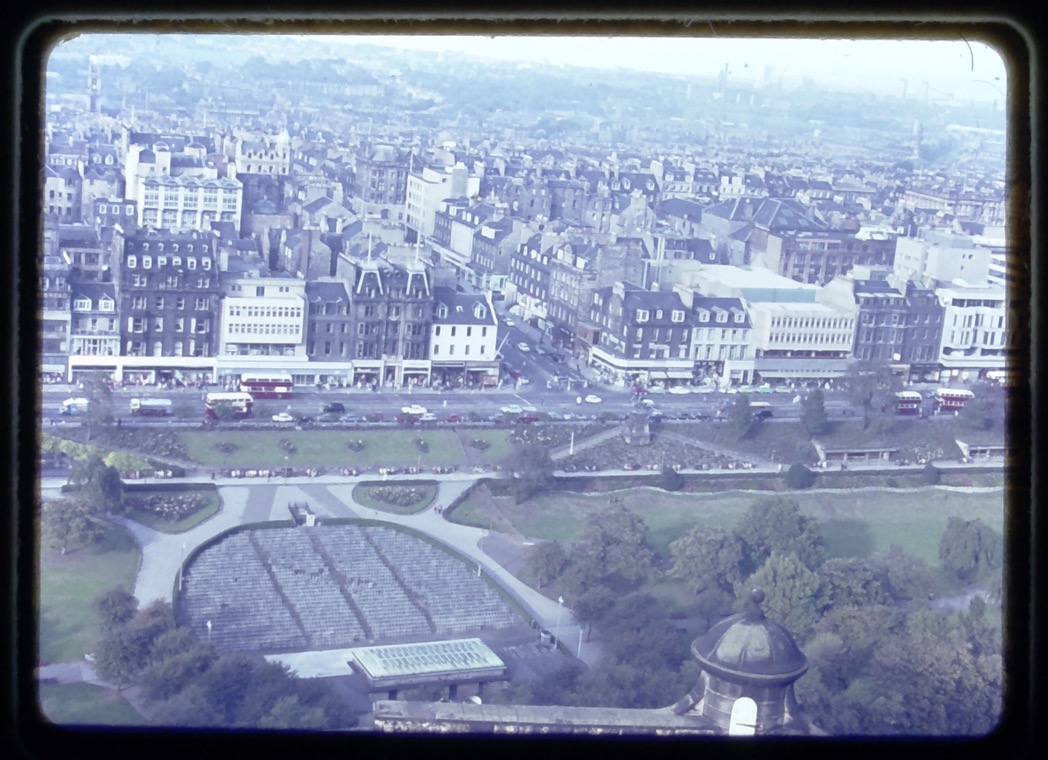
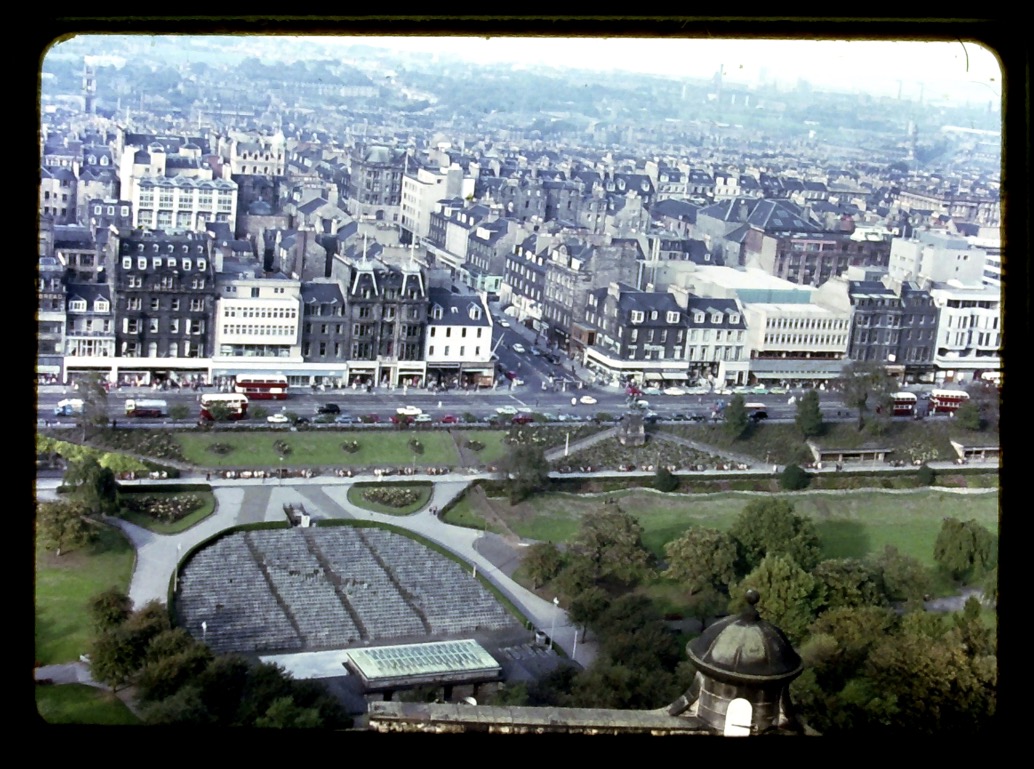



Phil Fox
June 12, 2019 at 9:27 amLike the review. I’ve been looking at this because I have hundreds of my Aunt’s slides that I need to scan. I have a flatbed scanner that I can use, but this looks like it might be faster.